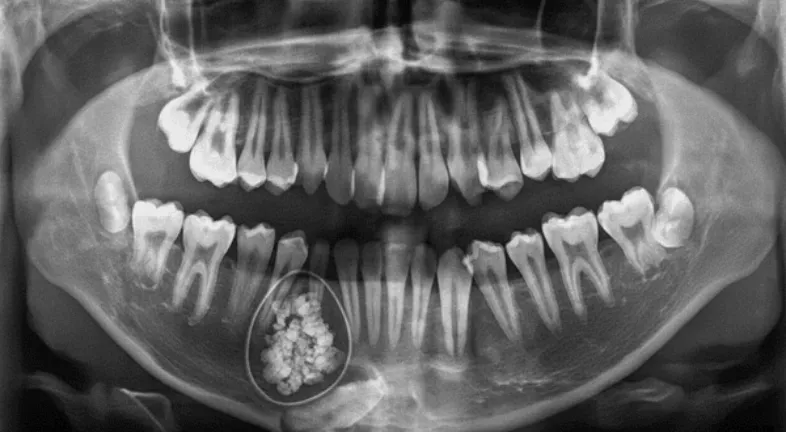
Getting braces is a little bit like starting a new job. At first, everything feels weird: the tools, the rules, and all of the strange looks. Then all of a sudden, it becomes routine, and you realize it isn’t that bad. If you are about to begin a new life with braces, or you just got braces, you might be thinking: What is this really going to feel like on a day-to-day basis?
The short answer? Life with braces will be a combination of kind of awkward beginnings, tiny adjustments, and surprising victories. Let’s break this down.
The braces’ pain and discomfort are real. The moment those brackets click onto your teeth, your mouth feels like a construction site. Your tongue doesn’t know where to go, your lips rub against the metal, and eating suddenly requires way more thought than it ever did before. This stage is honestly the toughest, not because it’s unbearable, but because it’s unfamiliar.
Think of this stage like breaking in a new pair of shoes. The first few walks might rub blisters, but soon enough, you forget you’re even wearing them.
Living with braces changes little things you never thought about before. For example, you’ll learn quickly that spinach is no longer your friend. And apples? They’re suddenly a two-step process: slice first, bite later.
Here’s what daily life with braces usually involves:
Daily life with braces is about small tweaks. It’s not a total lifestyle overhaul, more like re-learning how to do old habits with a new set of rules.
.webp)
This is the part everyone worries about. Will I be stuck with soup for two years? No. But there are tricks to make eating easier and avoid emergency trips back to the orthodontist.
At first, the extra effort feels like a chore. You’re suddenly spending twice as long in the bathroom at night, planning meals differently, and carrying around orthodontic wax in case a wire pokes your cheek. But here’s the thing: your brain adapts fast.
One of the underrated parts of living with braces is the social side. Some people feel self-conscious about the “metal smile.” Others embrace it, decorating their bands with colours. The truth? Most people don’t care nearly as much as you think they do.
In fact, braces often spark conversations. Someone will say, “Oh, what colour did you pick this time?” or share their own braces story. It’s a reminder that you’re not alone in this.
And let’s face it, knowing your teeth are on their way to being straight can boost your confidence, even if the current stage feels awkward.
The journey can take anywhere from 12 months to 3 years, depending on your teeth. During that time, expect progress to feel both slow and sudden. You’ll go weeks without noticing much change, then one day glance in the mirror and realize your teeth have completely shifted.
Long-term, here’s what you can expect:
If you’re in the UK and considering alternatives, clear aligners are an option for those who qualify (not every case does). Brands like Invisalign are well-known, but there are also more affordable providers such as Caspersmile and Smile White, which ship aligners straight to your door with virtual check-ins.
Traditional braces, however, still handle complex cases better. Many orthodontists recommend metal or ceramic braces when teeth need significant movement.
Living with braces is about more than just having straighter teeth. It is about patience, resilience, and moments of pleasant surprise, like mastering the skill of eating corn off the cob with a spoon or finally realizing you may have become so accustomed to the wires that you no longer notice them in your mouth.
Of course, there is discomfort, and there will be days when cursing the brackets is not only justified but rational. However, there is an end, a finish line, and crossing it feels magical. One day, you will be braces-free, passing your tongue over your newly smooth, straight teeth with awe and amazement that all those small movements and aches have suddenly made sense!
That is life with braces; it is not perfect, it is not painless, but it is worth every single step of the way.




Curated the best for your knowledge
 Odontomas: What They Are and How They're Treated
Odontomas: What They Are and How They're TreatedSome dental conditions are quiet. Too quiet, in fact. Odontomas fall into that category. They rarely make noise, yet they change things beneath the surface. And people usually have no idea about them. While malocclusions, teeth shifting, discoloration, or other cosmetic dental issues are fairly well known, odontomas are not. So, an odontoma is technically a type of tooth tumor. It’s benign, harmless, but oddly structured. Hence, it can interfere with tooth eruption, displace teeth, or cause swelling. However, there’s more to it. Here’s a deeper dive.
Read More.webp) Gingivitis Treatment: How to Reverse Early Gum Disease
Gingivitis Treatment: How to Reverse Early Gum DiseaseGingivitis tends to creep up quietly, usually after a stretch of rushed brushing or nights where flossing just slips your mind. The first sign is often bleeding when you spit toothpaste into the sink. That moment makes people Google how to cure gingivitis, which is honestly the right instinct. Early gum inflammation happens because plaque irritates the tissue around the teeth. If you respond quickly, it is fully reversible. Most cases improve quickly with proper cleaning, hydration and small tweaks in daily habits. The key is not ignoring those early red or puffy gum signals.
Read More.webp) Metallic Taste in Mouth: Causes and How to Get Rid of It
Metallic Taste in Mouth: Causes and How to Get Rid of ItHaving metal taste in the mouth first thing in the morning can be an unexpected experience. You wake up, take a swallow, and suddenly have a metallic taste in your mouth, as if you'd been chewing on a handful of change. It's annoying, a little scary, and sometimes for no apparent reason. For some people, it will be nothing but a minor nuisance; others may fall into the late-night goose chaser. Sometimes it's a sign that there is something wrong with your braces; other times, it could mean that there is something wrong with one of your teeth. But here's the good news: Most metallic tastes are temporary, harmless, and can be treated or resolved. So let's take a closer look at the possibilities.
Read MoreQuick Links

Heading